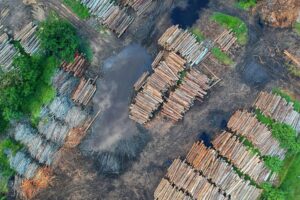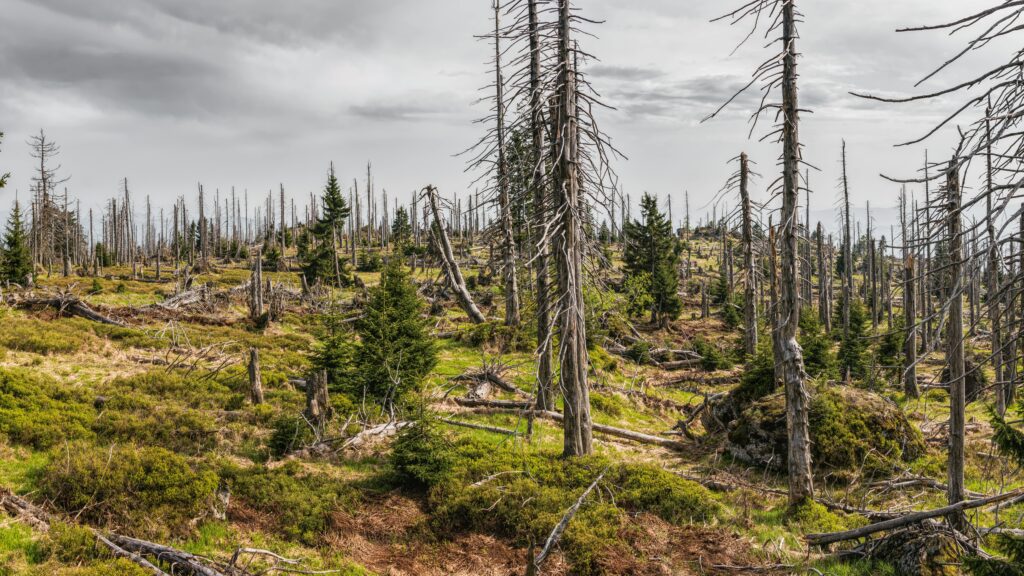Deforestation, the mass clearance of forests, is likely the largest environmental problem of our era. Forests blanket nearly 31% of the Earth’s surface and harbor over 80% of the land’s species. Forests are the answer to maintaining the Earth’s ecological equilibrium through the mechanisms of carbon dioxide absorption, oxygen emission, biodiversity preservation, and the modification of the water cycle. However, the rapid rate of deforestation—thanks to human activities—is undermining these natural processes and is a leading contributor to global climate change.
The causes of deforestation are multifarious and usually linked to industrialization and economic growth. Farming activities are one of the major causes. Due to rising world population, forests are being cleared to create room for agriculture, grazing, and plantations—mostly for soy, palm oil, and coffee. Illegal and legal logging are also major causes. The forests are being harvested to reach timber, paper, and construction materials without adopting sustainable practices. Urbanization and infrastructure also consume vast amounts of forestland to create room for roads, houses, and industries.
The ecological impacts of deforestation are dire. Trees are sinks for carbon, and they take in carbon dioxide in the air. When forests are cut down, not only is this lost, but the carbon stored is released back into the air, promoting global warming. This is responsible for increased occurrences of extreme weather, glacial melting, increased sea levels, and droughts. Loss of biodiversity is another catastrophic effect. Forests harbor billions of plant and animal species. When forests are destroyed, most of these species are on the verge of extinction. The Amazon rainforest, sometimes referred to as the “lungs of the Earth,” is a good example. It is losing thousands of hectares every year, placing billions of species at risk and disturbing indigenous people who rely on the forest for survival.
Deforestation also impacts local communities and world health. Trees assist in water and air purification, soil erosion, and the prevention of natural disasters such as landslides and floods. When forests are cleared, the soil is more susceptible to erosion, which has a domino effect on agriculture and food security. There is also some evidence that deforestation is implicated in the transmission of disease. As wildlife habitats become smaller, animals are brought into contact with humans, which increases the likelihood of zoonotic disease—diseases that leap from animals to humans.
Individual and collective action can halt deforestation. Governments must develop stricter controls against illegal logging and promote sustainable land use. Reforestation and afforestation initiatives—regrowing trees where forests have been cut down or planting trees where land has been abandoned—can repair the ravaged ecosystems. Consumers can also assist by choosing sustainably certified products, reducing paper and wood use, and supporting organizations that protect forests.
In short, deforestation is an urgent threat to the environment, biodiversity, and human health. As complex as the culprits are, the solutions are within reach. We can act now and preserve our forests for generations to come and ensure a healthier, greener world for all.



